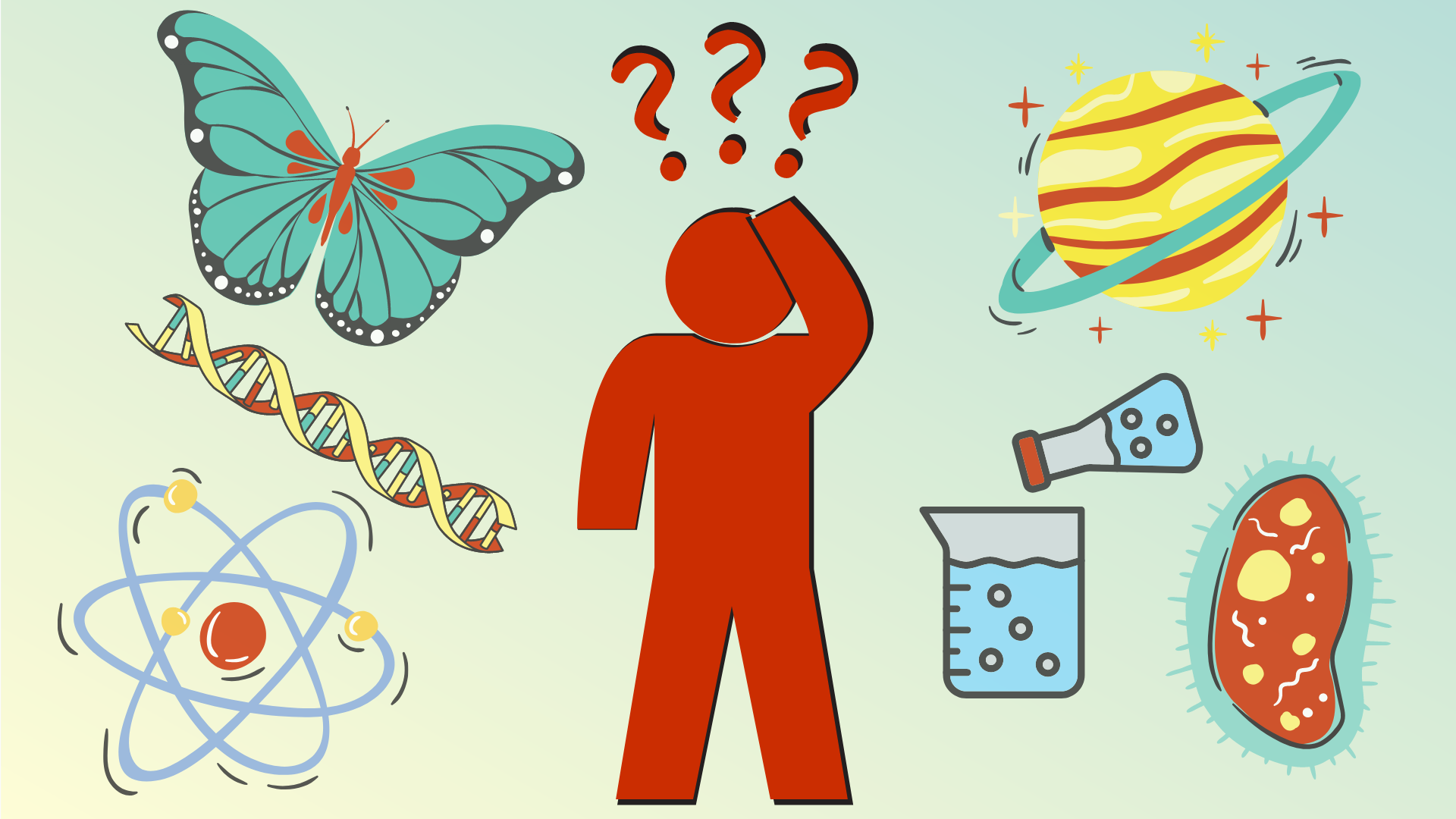Responsible AI: Addressing The Misconceptions About AI Learning

Table of Contents
Myth 1: AI Learns Like Humans
The Difference Between Human and Machine Learning
A fundamental difference exists between human learning and machine learning. Human learning is based on understanding, reasoning, experience, context, intuition, and emotional intelligence. We learn from mistakes, adapt our strategies, and draw upon a vast reservoir of prior knowledge. Machine learning, in contrast, relies heavily on algorithms and vast quantities of data. It identifies statistical patterns and correlations within this data to make predictions or classifications. Crucially, AI lacks genuine understanding; it identifies correlations, not causation. This lack of understanding is often referred to as the "black box" problem in AI, making it difficult to understand the reasoning behind its decisions, a significant challenge for responsible AI development.
- Human learning: Involves context, intuition, and emotional intelligence.
- Machine learning: Relies on statistical patterns and data analysis.
- AI's limitation: Lacks genuine understanding; identifies correlations, not causation.
- The "black box" problem: The difficulty in understanding the decision-making process of complex AI models.
Examples of Misinterpretations
This misconception—that AI learns like humans—leads to unrealistic expectations and unwarranted fears.
- Anthropomorphizing AI: Attributing human-like qualities (emotions, consciousness) to AI systems, leading to unrealistic expectations about their capabilities and ethical considerations.
- Overestimating capabilities: Believing AI can handle complex, nuanced situations requiring human judgment, intuition, and ethical considerations as easily as humans can.
- Underestimating human oversight: Assuming AI can operate autonomously without human monitoring, leading to potential biases, errors, and ethical violations.
Myth 2: AI Learning is Always Objective and Unbiased
The Role of Biased Data
A significant challenge in responsible AI development is addressing bias. AI models are trained on data, and if that data reflects existing societal biases, the AI system will inevitably perpetuate and even amplify those biases. This is known as algorithmic bias and has significant societal impacts.
- Algorithmic bias: AI systems trained on biased data produce biased outputs, leading to discriminatory outcomes.
- Examples of biased AI: Facial recognition systems exhibiting higher error rates for certain ethnic groups; loan application algorithms discriminating against specific demographic groups.
- Importance of diverse data: Using diverse and representative datasets is crucial for mitigating bias and ensuring fairness in AI systems.
Mitigating Bias in AI Learning
Addressing bias requires proactive measures throughout the AI lifecycle.
- Data augmentation and preprocessing: Techniques to balance datasets and remove biased features.
- Algorithmic fairness constraints: Incorporating fairness metrics into the design of AI algorithms.
- Regular audits and evaluations: Continuously monitoring and evaluating AI systems for bias and discriminatory outcomes.
Myth 3: AI Learning is a Set-and-Forget Process
The Need for Continuous Monitoring and Improvement
AI models are not static; they require ongoing monitoring, updating, and retraining to maintain accuracy and effectiveness. This is because the data they operate on changes over time (concept drift). A model trained on data from 2020 might perform poorly on data from 2024.
- Concept drift: Changes in the underlying data distribution that affect the performance of a model over time.
- Feedback loops: Incorporating user feedback to improve model performance and identify biases.
- Human-in-the-loop systems: Designing systems where humans can monitor, intervene, and correct AI decisions.
- Regular model updates: Retraining models with new data to maintain accuracy and adapt to changing circumstances.
Ethical Considerations in Ongoing AI Development
Continuous learning introduces ethical complexities.
- Accountability and transparency: Determining responsibility for errors or unintended consequences.
- Safety mechanisms: Implementing safeguards to prevent harmful actions by AI systems.
- Human oversight: Maintaining human control and oversight throughout the AI development and deployment process.
Conclusion
Responsible AI necessitates a clear understanding of how AI learns. By dispelling common misconceptions about AI learning—such as its human-like nature, inherent objectivity, and set-and-forget development—we can foster a more ethical and effective application of this powerful technology. The development and implementation of responsible AI requires continuous monitoring, mitigation of bias, and a commitment to transparency. Let's work together to build a future where AI learning serves humanity in a safe, fair, and beneficial way. Learn more about building responsible AI and understanding its learning processes – start exploring the nuances of responsible AI today!

Featured Posts
-
 Who New Covid 19 Variant Fueling Case Increases Globally
May 31, 2025
Who New Covid 19 Variant Fueling Case Increases Globally
May 31, 2025 -
 Glastonbury Festival Speculation Mounts Over Unannounced Liverpool Band Performance
May 31, 2025
Glastonbury Festival Speculation Mounts Over Unannounced Liverpool Band Performance
May 31, 2025 -
 A Time Saving Guide To Molly Jongs How To Lose Your Mother Memoir
May 31, 2025
A Time Saving Guide To Molly Jongs How To Lose Your Mother Memoir
May 31, 2025 -
 Dubai Hosts First Ever Banksy Art Exhibition
May 31, 2025
Dubai Hosts First Ever Banksy Art Exhibition
May 31, 2025 -
 Finding Glastonbury Resale Tickets Everything You Need To Know
May 31, 2025
Finding Glastonbury Resale Tickets Everything You Need To Know
May 31, 2025
